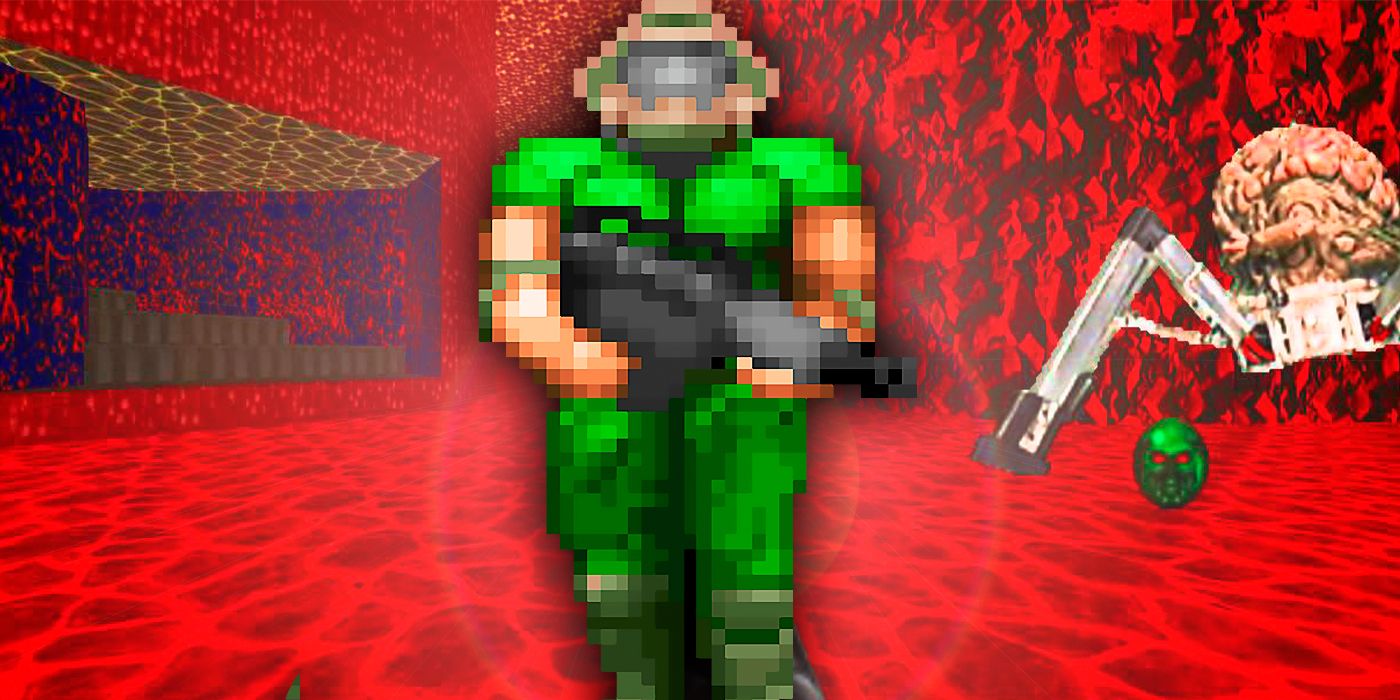

With a game as multi-faceted as Doom, there will always be people striving to make the version of the game that they really hoped for. The taped-together appeal of Doom has also translated very well to its long-lasting modding scene -a scene that defines the experience of Doom probably more than the original commercial game these days. This is Doom's collage-like abstraction, and -just as much as its first-person combat-it’s central to its uniqueness and longevity. Ideas seem to come and go with only passing references to previous areas you’ve just traversed in the game, and rules that are set in early maps are constantly broken later on, in a way that feels oddly sloppy and anarchic at times. The game sometimes seems like it was taped together from different ill-fitting pieces. Yet none of it ever entirely makes a whole lot of sense, at least from any kind of narrative perspective. These are mystery places, somewhere far from reality. The game is hyper violence, hyper intensity, hyper speeds, hyper darkness. There’s a strangely organic marriage of different moods and influences as well, from Alien-influenced dirty sci-fi tech to Eldritch horror, from cheesy Metallica album covers to more complex psychological horror. Surreal, open-ended environments made from odd, nonlinear, multi-layered structures somehow still seem to fit together by some unknown logic. It's worth noting that the atmosphere of Doom is still not exactly like anything else, even today. It was a totally new type of experience, and many people didn’t know how to deal with that. I sometimes imagine that it was spoken about in hushed tones, like the disturbing videocassette at heart of the horror classic The Ring. Much of Doom’s initial cultural impact was in how those people who traded floppies with each other of Doom's free "shareware" episode treated the game as some kind of mystery manifestation of an alternate reality. While it was a cultural sensation around the time of its release in December 1993, helping to bring the massively popular first person shooter genre into being, there's so much about the actual experience of playing Doom that is missed when we only think about the game’s influence on the market. Given its popularity, Doom is an oddly misunderstood and often mischaracterized game. In the midst of this ongoing struggle, a strange little Doom wad known as Absolute Life Transformation, or A.L.T. But these spectacles feel all the more meaningless and hollow in the wake of a world that is on fire and burning very fast. Video games look at us to approve of the massive spectacles they create.


Maybe this is because a disproportionate amount of the technology and resources that are pumped into video games are devoted to keeping people excited about how impressive the technology itself is.


 0 kommentar(er)
0 kommentar(er)
